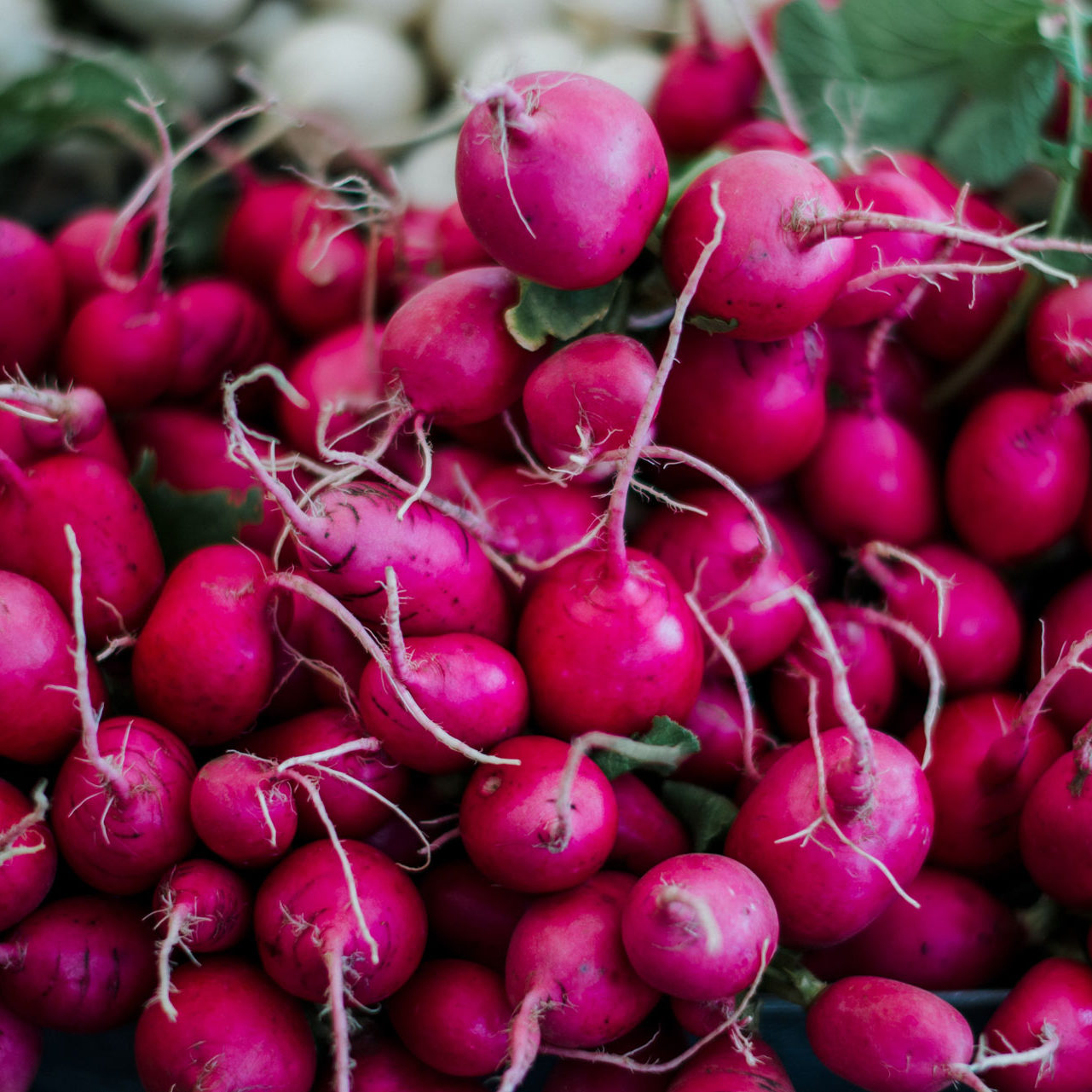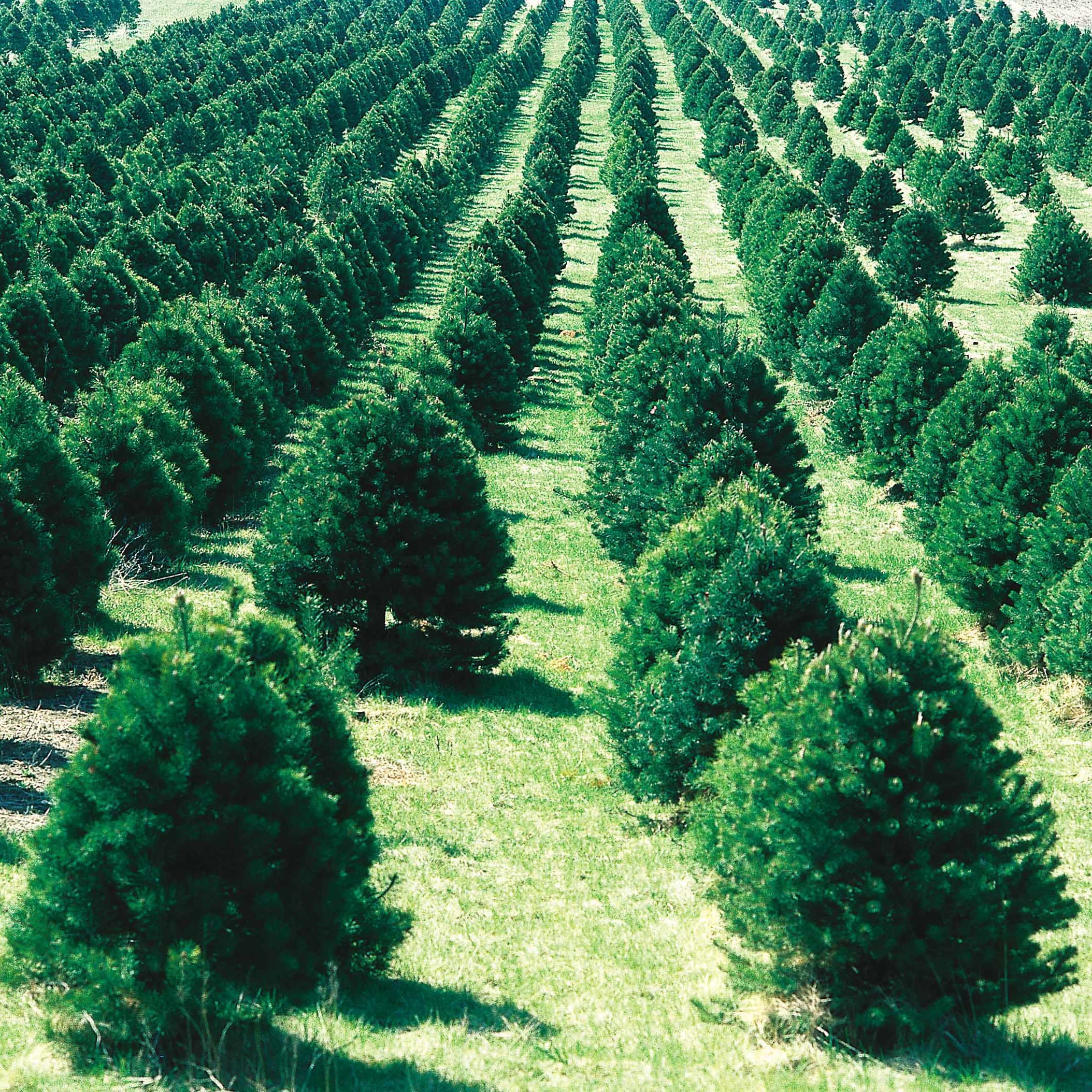By Chelsey Mahany
Dairy cattle have been in the United States since 1624. The popular Holstein cow (a large, black and white or red and white animal) was first introduced in 1852 to Massachusetts by a man named Winthrop Chenery. Originating in the Netherlands, this Holstein we know now was the answer to a high milk producing animal that did not require a lot of feed to be so. Chenery saw the need for a cow like this one and began importing them through the mid-1800s, growing the cow numbers and milk availability in the US. Now genetic improvements have allowed a mature Holstein cow to weigh approximately 1500 pounds and produce 2900 gallons of milk or more a year. Farmers went from distributing milk themselves, to utilizing a “milk man” to deliver raw milk for them, to selling to a processor where it is then either sold as pasteurized milk, ice cream, butter, cheese yoghurt, etc. to grocery type stores everywhere.
Grocer organizations were actually the ones who designated June as Dairy Month in 1937. This was an industry response to increase extra milk distributions during the warmer months of summer. It was an effective plan to stabilize the dairy demand and has continued to serve as a reminder to take a moment and appreciate the contributions that the dairy industry has and continues to make.
For years, dairy farms have been an integral part of New York State business and family tradition. More specifically, farming is a huge profit driver for Cortland County. According to an ag survey done in 2019, agriculture in Cortland County is a $62,900,000 business. Out of that amount, dairy farming is responsible for $41,700,000 of it. Farmers alone own/operate approximately 36% of the land in the county itself. Dairy farming is considered the largest agricultural enterprise in the county where milk produced from our dairies account for 28.7 million gallons. That’s a lot of milk!
Dairy farming is not all profit and milk production. In recent months, milk prices paid to the farmer has been a mere fraction of what consumers pay at the store. Some farms are barely breaking even and many are even losing money. They continue to farm because they have a passion for what they do, respect their livestock and land, and are well aware of how important it is for the consumer to have a healthy, affordable, quality product available to them. As consumers, we need to value the hard work of our dairy farmers and take time to appreciate that.
There are tons of ways to celebrate our hard working dairy farmers and June as Dairy Month. A few examples are; add some extra dairy to your grocery cart, try new yogurt smoothie recipes, add some cheese to that pizza, grab yourself some of your favorite ice cream, try a new wine and cheese pairing, follow dairy farms on social media, or donate a gallon of milk to a local food pantry. No matter how you celebrate Dairy Month, you are making a difference!
















